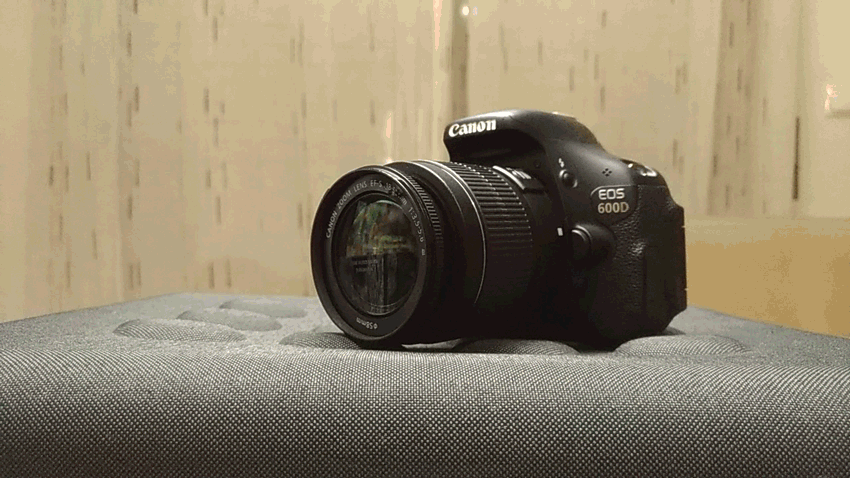
Hello Everyone :)
Step into the tiny worlds that often escape the naked eye, in this exclusive Hive article, we dive into the art and wonder of macro photography.
The visual records that follow reveal a shell that, from a macro perspective, transforms into a true visual territory, a small universe of shapes, colors and textures. The blurred background, with abstract contrasts in neutral white and gray tones, functions as a misty, almost ethereal horizon, which makes the object emerge as an isolated landscape in an undefined space, between the real and the imaginary.
The texture of the shell, marked by accumulated layers and sediments, resembles a mountain range, where each relief is marked by erosion and natural persistence. The most irregular areas resemble small craters, while the smooth grooves and curves evoke the movement of the waters that shaped it. The presence of different materials fused on its surface and small incrustations and mineral fragments intensifies the sensation of diversity, as if each detail were a trace of a microscopic ecosystem frozen in time.
The tones of soft grays, pure whites, toasted notes and orange reflections create a palette that oscillates between mineral and organic. There are times when the shell looks like a volcanic rock heated by light, and others when it becomes almost translucent, reminiscent of morning fog. This chromatic ambiguity gives life to the images, transforming the simple natural object into something close to mythical.
Let's now move onto the result:














Among the numerous techniques available for macro photography, this method is arguably the most cost-effective and efficient for individuals possessing a camera with a removable lens. By simply detaching the lens and reversing its direction, and employing an inversion ring, the process becomes more manageable and streamlined.
Technical Description
- Session Purpose
The main objective of this macro photography session is to capture detailed images of this structure, with a focus on thoroughly observing and documenting the visual characteristics and details.
Used equipments
Camera: Canon EOS 600D Digital SLR with CMOS sensor
Lens: EFS 18-55mm with f/5 maximum aperture, allowing shallow depth of field and capturing fine details.
Used inverter ring
Tripod: not used
Lighting: Adjustable LED lights to provide soft, even lighting, avoiding harsh shadows and highlighting the details of structures.
Camera Settings
Focus Mode: Manual focus to ensure precision in specific details of the structure.
Aperture: Variable aperture between f/4 and f/5 for adequate depth of field, ensuring all important details are in focus.
ISO: Low ISO setting (600) to minimize noise in images.
Shutter Speed: Adjust shutter speed as needed to avoid underexposure, while maintaining a value that allows you to capture sharp details.
The session is closed for today.
Hope you like it :)

These photos weren't taken with a tripod
Camera - Canon EOS 600D
Lens - EFS 18-55mm
Location - Portugal

See you soon
Thank you for watching
Never forget
The price of anything is the amount of life you trade for it.
Time is life... value yours, make every fraction worth it.
You always have such interesting but also excellent macro shots that border on abstraction. Great Post with the last sentence :"Time is life... value yours, make every fraction worth it". Bravo
!DIY
Thank you so much for your thoughtful comment :) I’m really glad you connected with both the images and the message, it truly means a lot 😊